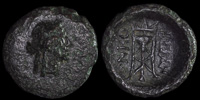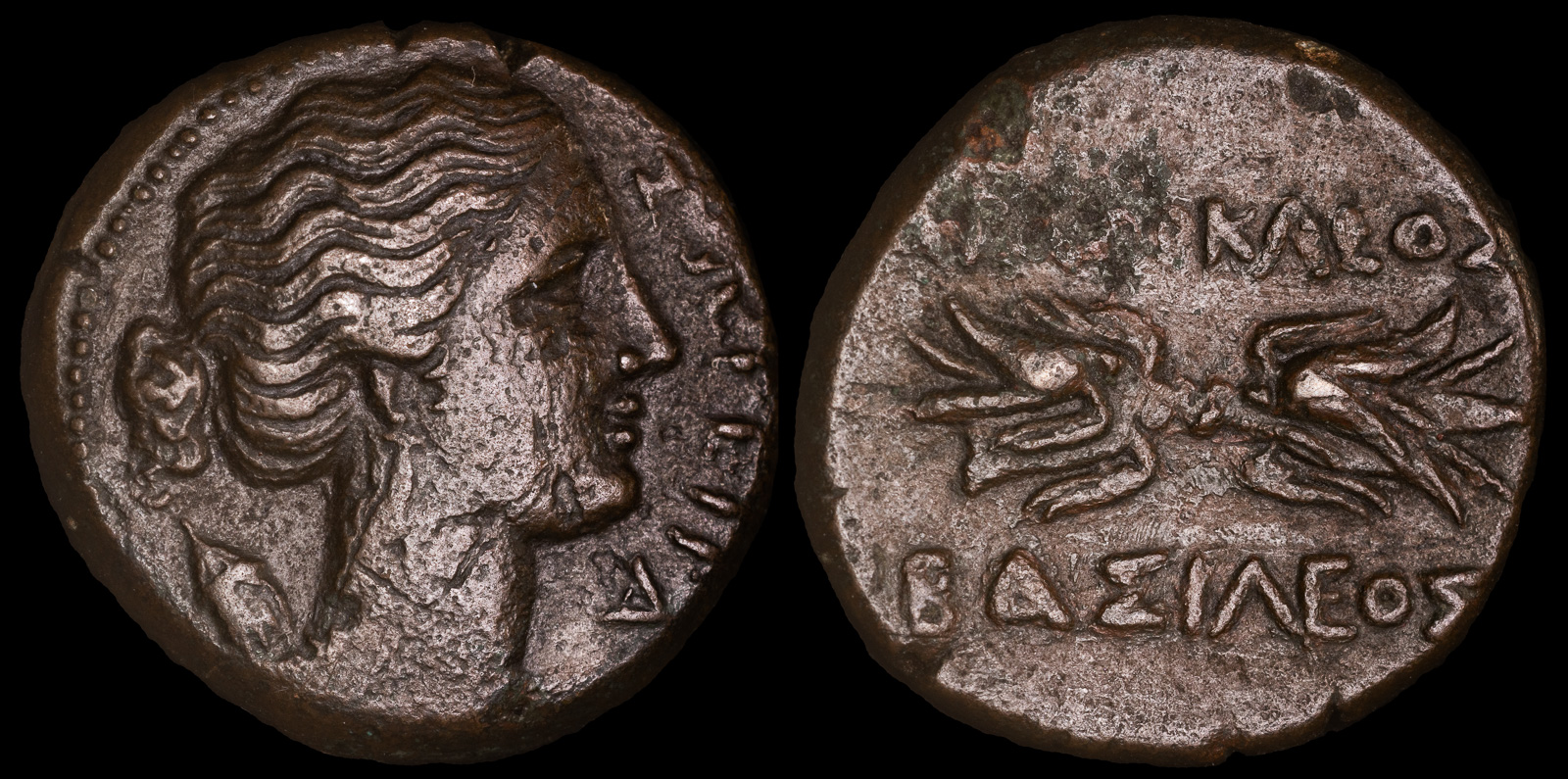Soteira
View All Tags
Kore’s association with the underworld as the queen of Hades complements her Soteira epithet. Her dual role as a deity of both death and rebirth aligns her with the concept of salvation, not only in a spiritual sense but also in the natural cycle of life and the afterlife. In this context, Kore Soteira embodies the promise of renewal and the assurance that life persists even in the face of death. This aspect of her divinity was central to the Eleusinian Mysteries, where initiates sought a deeper understanding of existence and the hope of a blessed afterlife.
The worship of Kore as Soteira often emphasized her connection to agricultural cycles and the preservation of the earth’s fertility. Her return from the underworld each year symbolized the rejuvenation of the land, making her a savior in the practical sense of ensuring the continuity of life through the harvest. Devotees might appeal to her for protection against famine, natural disasters, or other threats to communal survival.

Agathokes of Syracuse 317-289 BCE

Kyzikos, Mysia 300-200 BCE

Kyzikos, Mysia 300-200 BCE

Kyzikos, Mysia 300-200 BCE
